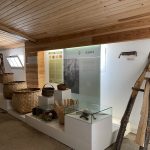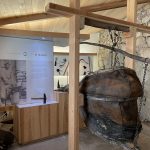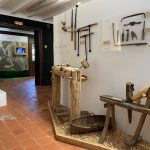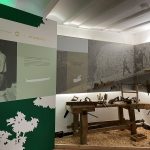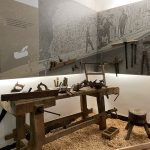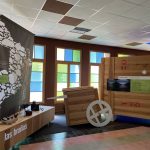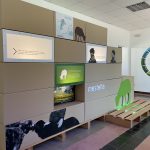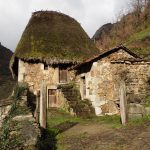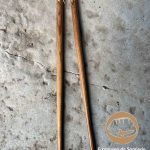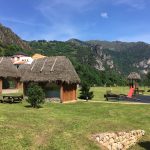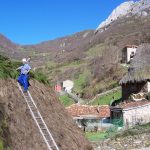Ecomuseum of Somiedo
Functionally, an ecomuseum aims to be a laboratory, a conservatory, and a school. It articulates time and space, nature and culture from a dual perspective: systemic and process-oriented. The ecomuseum studies cultural landscapes. Human communities have been writing their own history on the landscape, and the ecomuseum seeks to recover, read, and interpret that text. In this sense, the natural environment and cultural heritage are two sides or two components of the same reality. The Ecomuseum of Somiedo consists of several centers organized around the rural house. This house expresses the ways of life, technical, social, and spiritual behaviors of rural society. The traditional house brought together, protected, and transmitted the culture of the community in all its dimensions.
Caunéu: Professions and Transhumance
In Caunéu, a village located near the road that connects La Pola with the Puerto de Somiedo, the building that served as a school for decades is now utilized. This school was built in the mid-20th century by José Feito Taladrid, a native of Caunéu who had emigrated to Cuba.
Within this building, various traditional artisan trades of the region are showcased: the blacksmith, the saddle maker, the stonemason, the wooden clog maker, and the carpenter occupy an annex building and the basement of the school. In some cases, you can see the manual workshop, and in others, the initial machines that facilitated the work of these artisans are displayed.
The first floor provides a historical journey through the building’s history, while the second floor, with a strong installation character, delves into one of Somiedo’s most significant aspects: livestock transhumance.
Cabanas de la Pola: Agricultural Work
At the fairgrounds in La Pola, next to the municipal pool, four display cases resembling ‘teito’ huts have been constructed, with glass walls showcasing items, photos, and texts related to various aspects of daily life and society in Somiedo, focusing on agriculture, transportation systems, hunting, and fishing.


